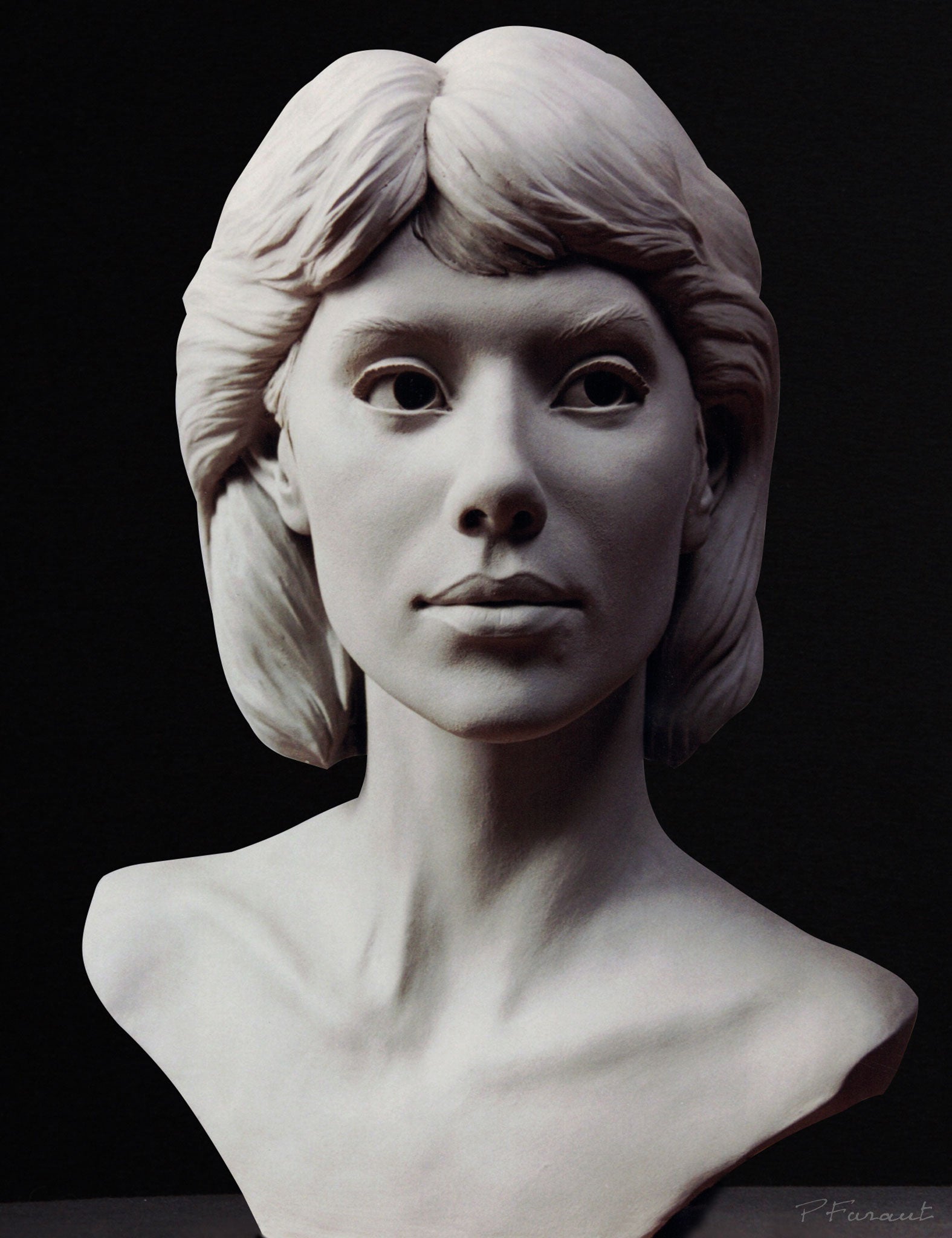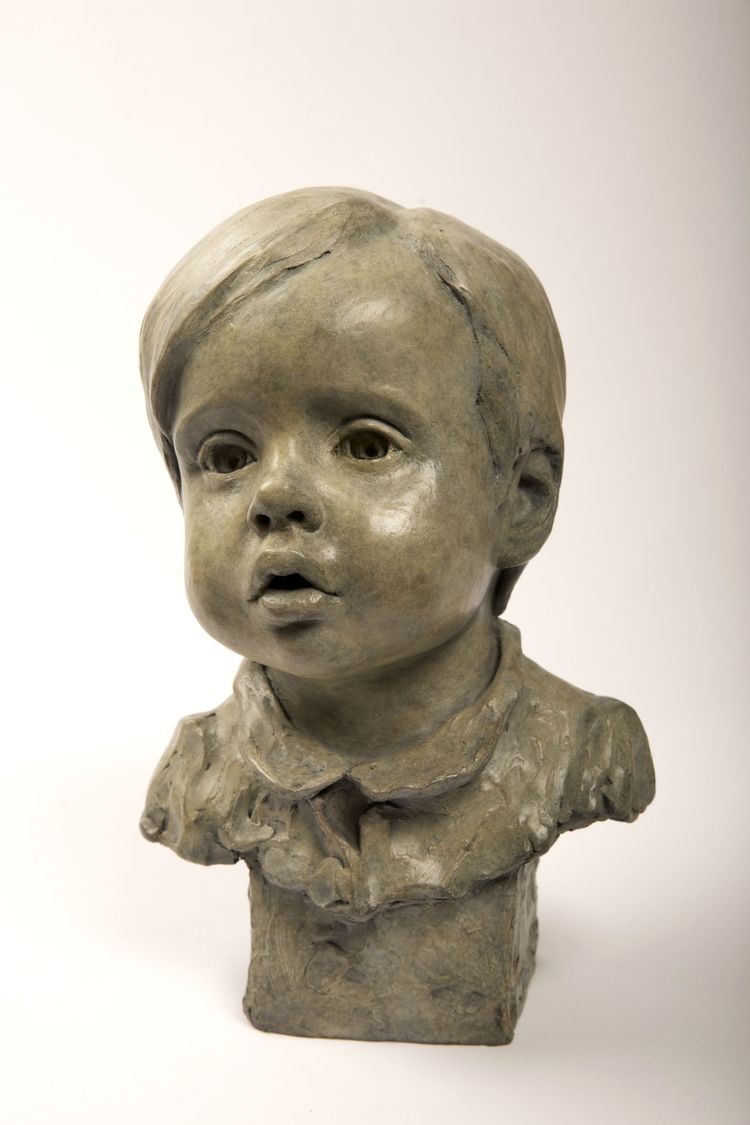Sculptures as an Expression of Human Feelings
Sculptures have actually long been prized as a powerful tool for revealing the depths and intricacies of human feelings. From the serene elegance of a grinning face to the raw strength of a contorted figure, sculptures offer a classic and special window into the world of human emotions. In this exploration, we will certainly dive right into the extensive influence that sculptures have in sharing and evoking human emotions.
The Power of Capturing Happiness and Happiness
The fundamental power of sculptures exists in their capacity to record and communicate the extensive feelings of happiness and happiness with the knowledgeable manipulation of kind and material. Sculptures have been used throughout history as a means of revealing human emotions, and happiness and happiness are amongst one of the most common feelings portrayed in these art kinds.
One of the ways sculptures catch pleasure and joy is via the careful choice and adjustment of type. Artists utilize various methods to create sculptures that evoke a sense of happiness, such as illustrating numbers in uplifting and vibrant positions, or making use of streaming curves and lines to produce a sense of movement and energy.
In addition, the skillful use of face expressions and gestures in sculptures can successfully convey happiness and happiness. Musicians thoroughly sculpt the smiles, laughter, and expressions of joy on the faces of their subjects, bringing them to life and capturing the essence of these feelings. The positioning of the body and the motions depicted by the sculpture can also interact a sense of pleasure and happiness, whether it is a figure with outstretched arms, dance, or embracing others.
Discovering the Depths of Unhappiness and Sadness
An expedition right into the midsts of unhappiness and grief can be achieved through the evocative sculptures that capture the significance of these extensive feelings. These sculptures function as a graph of the human experience, permitting visitors to link with their very own sensations of sadness and sadness on a much deeper level.
Via the competent manipulation of expression, type, and appearance, carvers can share the facility emotions linked with despair and grief. The usage of extended, hunched numbers or bent, uneasy expressions can generate a feeling of misery and sorrow. The option of products, such as cold, harsh stone or dark, weathered metal, can further enhance the melancholic and mournful state of mind of the sculptures.
Moreover, the power of these sculptures lies in their ability to go beyond language barriers - Bronze Sculptures. Regardless of social or linguistic differences, the global language of art allows individuals from varied backgrounds to understand and connect with the emotions depicted in these sculptures. Robert C Hitchcock Sculptor. It is via this shared experience that a sense of catharsis and understanding can be achieved
Introducing the Intricacy of Love and Need
Introducing the details of love and hoping, sculptures supply a profound exploration right into the complexity of love and desire. From the tender embrace of a couple to the enthusiastic complication of bodies, sculptures have illustrated the diverse expressions of love and desire.
One such instance is Auguste Rodin's iconic sculpture, "The Kiss." This work of art represents 2 lovers secured in an intimate welcome, their bodies knit in a moment of intense passion. The sculpture not just records the physical connection in between the enthusiasts but additionally evokes a deeper emotional bond. The complex information and the experienced workmanship highlight the intricacy of their love and need.
Sculptures likewise discover the darker side of love and need, revealing the intricacies that can occur from these extreme emotions. Equine Sculptures. Some sculptures show the torment and anguish that can come with unrequited love or the devastating power of obsessive need. These art work act as a suggestion that love and need can be both stunning and challenging, bringing joy and pain in equal action
Conveying Anger and Stress Via Sculptures
With the portrayal of tense postures and bent forms, sculptures express the strength of anger and stress. Musicians have actually long turned to the tool of sculpture to share these effective feelings, utilizing different strategies to record the raw power and chaos connected with temper and disappointment.

One typical technique is to depict numbers in aggressive or confrontational poses. The muscle tension and clenched fists Continued of a sculpture can evoke a feeling of bottled-up anger, while twisted limbs and bent faces can convey the frustration felt by the topic. These physical manifestations of feeling act as a visual representation of the inner chaos experienced by people in moments of anger and irritation.
Additionally, artists typically employ importance and allegory to enhance the emotional impact of their sculptures. For instance, sharp, rugged edges or damaged types can signify the harmful nature of rage, while hefty, troublesome structures can stand for the weight of frustration. By including these elements right into their job, artists are able to communicate the strength and complexity of these emotions in a aesthetically striking and tangible way.

Sharing Hope and Durability in Sculptural Form
Sculptures personifying hope and durability are a testament to the indomitable spirit of the human experience. These artworks offer as powerful symbols of optimism and toughness when faced with misfortune. Through the skillful control of products, musicians are able to capture the essence of hope and strength, developing sculptures that boost and influence.
One example of a sculpture that symbolizes hope is "The Winged Success of Samothrace." This old Greek statuary shows a winged siren standing atop a ship's prow, her garments rippling in the wind. The sculpture shows a sense of victory and determination, signifying the power of want to get over obstacles.

Sculptures that express hope and durability act as reminders of the human capability to withstand and prosper despite difficulty. They motivate us to be determined, to discover strength in ourselves, and to have belief in a brighter future. These art work speak with the global human experience, offering solace and inspiration to those that experience them.
Final Thought
In verdict, sculptures serve as a powerful medium for sharing a large variety of human feelings. By eliminating individual pronouns, the emphasis stays on the universal nature of these emotions and the ability of sculptures to share them in a concrete and long-lasting manner.
Sculptures have actually long been respected as a powerful tool for sharing the depths and complexities of human emotions. From the serene elegance of a grinning face to the raw intensity of a bent number, sculptures provide a timeless and distinct home window right into the world of human emotions. In this exploration, we will certainly dive right into the profound effect that sculptures have in expressing and evoking human feelings.
In final thought, sculptures serve as a powerful medium for revealing a broad range of human feelings (Portrait Sculptor). By removing personal pronouns, the focus remains on the global nature of these feelings and the capacity of sculptures to share them in a long-lasting and concrete manner